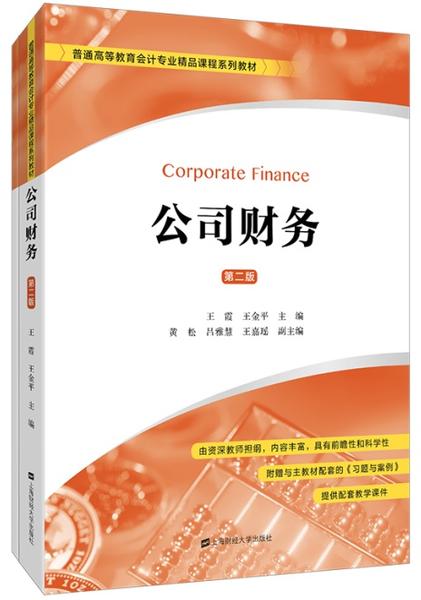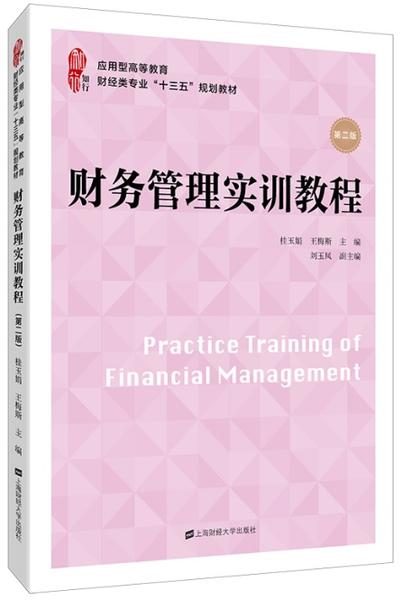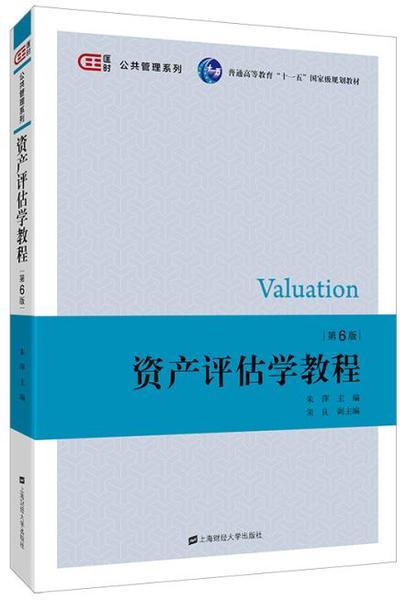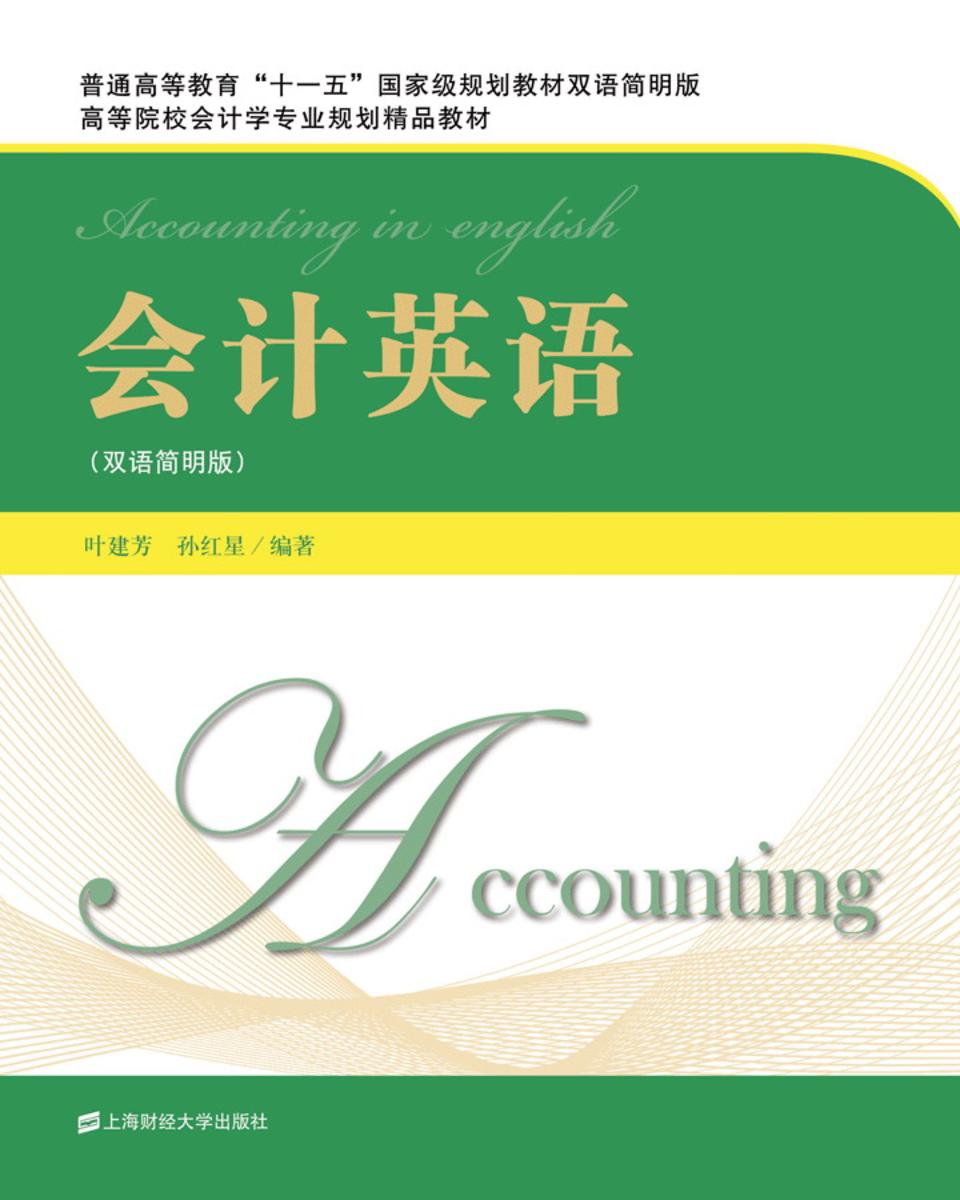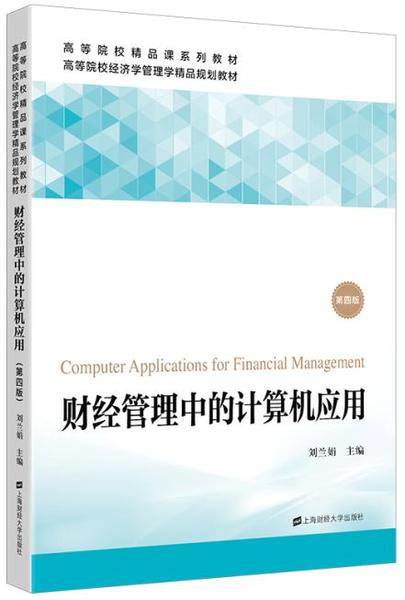Part One Accounting Theory
-Concepts and Framework
CHAPTER 1 Accounting:The Basis for Decisions/3
1.1 Accounting: Information for Decision Making/3
1.2 Financial Accounting Information/6
1.3 Profession Fields of Accounting/8
Extending your knowledge—Accounting Ethic/10
Key words, phrases, and special terms/11
Multiple-choice Questions/12
Exercises/13
Cases/13
CHAPTER 2 Theoretical Framework Underlying Financial Accounting/14
2.1 Nature of a Theoretical Framework/14
2.2 First Level: Basic Objectives/15
2.3 Second Level:Fundamental Concepts/16
2.4 Third Level: Recognition and Measurement Concepts/17
Extending your knowledge—Industry Practice/21
Key words, phrases, and special terms/21
Multiple-choice Questions/22
Exercise/23
Cases/23
Part Two Accounting Information
—Recording and Disclosure
CHAPTER 3 Accounting Cycle/27
3.1 Double-entry Accounting/27
3.2 Journalizing and Posting/30
3.3 End-of-period Adjusting Entries/31
3.4 Work Sheet/33
3.5 Closing Entry/35
3.6 Preparing Financial Statements/36
Extending your knowledge—Adjustment for Taxes in Unprofitable Periods/37
Key words, phrases, and special terms/38
Multiple-choice Questions/39
Exercises/40
Cases/42
CHAPTER 4 Basic Financial Statements/43
4.1 Balance Sheet/43
4.2 Income Statement/47
Extending your knowledge—Combined Statement of Income and Retained Earnings/50
Key words, phrases, and special terms/51
Multiple-choice Questions/52
Exercises/53
Cases/54
Part Three Accounting Elements (Assets)
—Recognition and Measurement
CHAPTER 5 Current Assets—Cash, Temporary Investments, Receivables/59
5.1 Cash/59
5.2 Temporary Investments/64
5.3 Accounts Receivable/66
5.4 Notes Receivable/71
Extending your knowledge—Factoring Accounts Receivable/74
Key words, phrases, and special terms/74
Multiple-choice Questions/75
Exercises/77
Cases/79
CHAPTER 6 Current Assets (Continued)—Inventories/80
6.1 Inventory Systems/80
6.2 Inventory Measurement/81
6.3 Estimating Inventories/86
Extending your knowledge—LIFO Reserves/88
Key words, phrases, and special terms/89
Multiple-choice Questions/90
Exercises/91
Cases/93
CHAPTER 7 Long-term Assets/94
7.1 Plant Assets/94
7.2 Intangible Assets/101
7.3 Natural Resources/103
Extending your knowledge—Non-monetary Transactions/104
Key words, phrases, and special terms/105
Multiple-choice Questions/107
Exercises/108
Cases/110
Part Four Accounting Elements (Liability and Equity)
—Recognition and Measurement
CHAPTER 8 Current Liabilities/113
8.1 Current Liabilities of Known Amount/113
8.2 Current Liabilities that must be Estimated/116
Extending your knowledge—Contingent Liabilities/118
Key words, phrases, and special terms/118
Multiple-choice Questions/118
Exercises/120
Cases/121
CHAPTER 9 Long-term Liabilities/122
9.1 The Basic Concepts of Bonds/122
9.2 Issuing Bonds Payable/125
9.3 Amortization of Bond Discount and Premium/128
9.4 Early Retirement of Bonds Payable/131
9.5 Convertible Bonds and Notes/131
Extending your knowledge—Advantages of Financing Operations with Bonds versus Stock/132
Key words, phrases, and special terms/133
Multiple-choice Questions/134
Exercises/135
Cases/136
CHAPTER 10 Stockholders’ Equity/138
10.1 Stock/138
10.2 Common Stock and Preferred Stock/139
10.3 Issuance Stock/142
10.4 Dividends/143
10.5 Stock Splits/144
10.6 Treasury Stock/145
10.7 Donated Capital/146
Extending your knowledge—Book Value and Market Price/147
Key words, phrases, and special terms/148
Multiple-choice Questions/148
Exercises/150
Cases/151
Part Five Accounting Analysis
—Understanding and Application
CHAPTER 11 Statement of Cash Flows/155
11.1 Function of the Statement of Cash Flows/155
11.2 Classifications of Cash Flows/156
11.3 Preparation of the Statement of Cash Flows/156
11.4 A Complete Illustration/164
Extending your knowledge—Free Cash Flow/165
Key words, phrases, and special terms/166
Multiple-choice Questions/166
Exercises/167
Cases/168
CHAPTER 12 Financial Statement Analysis/169
12.1 Objectives of Financial Statement Analysis/169
12.2 Basic Analytical Procedures/170
12.3 Current Position Analysis/172
12.4 Assets Management Analysis/174
12.5 Solvency Ability Analysis/177
12.6 Profitability Analysis/178
Extending your knowledge—Ratio of Liabilities to Stockholders’ Equity/181
Key words, phrases, and special terms/182
Multiple-choice Questions/183
Exercises/184
Cases/184
第一篇 会计理论
——概念与框架
第一章 会计:决策的基础/189
1.1 会计:决策信息/189
1.2 财务会计信息/191
1.3 会计的职业领域/193
知识拓展——会计道德/195
第二章 财务会计理论框架/196
2.1 理论框架的性质/196
2.2 第一层次: 基本目标/197
2.3 第二层次: 基本概念/197
2.4 第三层次: 确认与计量概念/199
知识拓展——行业实务/201
第二篇 会计信息
——归集与披露
第三章 会计循环/205
3.1 复式记账制/205
3.2 日记账和分类账/207
3.3 期末账项调整/208
3.4 工作底表/210
3.5 结账分录/212
3.6 编制财务报表/213
知识拓展——无盈利时期的所得税调整/214
第四章 基本财务报表/216
4.1 资产负债表/216
4.2 收益表/219
知识拓展——收益与留存收益合并报表/221
第三篇 会计要素(资产)
——确认与计量
第五章 流动资产(上)——现金、短期投资、应收款项/225
5.1 现金/225
5.2 短期投资/229
5.3 应收账款/231
5.4 应收票据/235
知识拓展——应收账款保理/237
第六章 流动资产(下)——存货/238
6.1 存货的盘存/238
6.2 存货的计价/239
6.3 存货的估价/243
知识拓展——后进先出储备/244
第七章 长期资产/246
7.1 固定资产/246
7.2 无形资产/251
7.3 自然资源/253
知识拓展——非货币性交易/253
第四篇 会计要素(负债与权益)
——确认与计量
第八章 流动负债/257
8.1 金额确定的流动负债/257
8.2 需要估计的流动负债/260
知识拓展——或有负债/261
第九章 长期负债/262
9.1 债券的基本概念/262
9.2 债券发行的会计处理/264
9.3 债券溢折价摊销/267
9.4 债券的提前赎回/269
9.5 可转换债券和票据/270
知识拓展——债券筹资和股票筹资的优劣/270
第十章 股东权益/272
10.1 股票/272
10.2 普通股和优先股/273
10.3 股票发行/275
10.4 股利/275
10.5 股票分割/276
10.6 库藏股/276
10.7 受赠资本/278
知识拓展——账面价值和市场价值/278
第五篇 会计分析
——理解与运用
第十一章 现金流量表/281
11.1 现金流量表的功用/281
11.2 现金流量的分类/281
11.3 现金流量表的编制/282
11.4 完整的列示/288
知识拓展——自由现金流/290
第十二章 财务报表分析/291
12.1 财务报表分析的目的/291
12.2 基本分析程序/291
12.3 流动性分析/294
12.4 资产管理分析/296
12.5 偿债能力分析/298
12.6 盈利能力分析/299
知识拓展——产权比率/302
Answers for Multiple-choice Questions/303
Partial Answers for Exercises/304
主要参考文献/315
第一版后记/316


